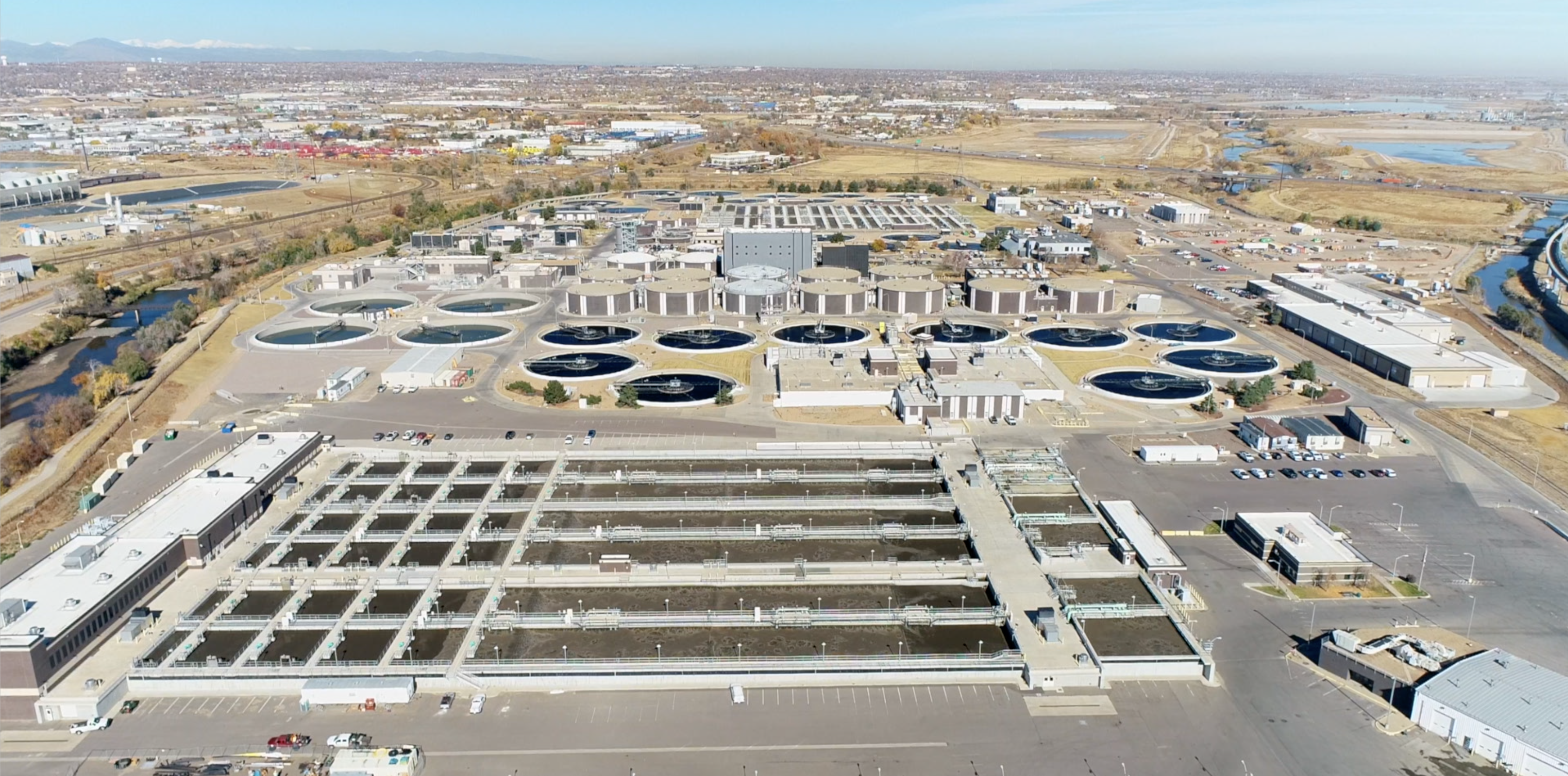Tertiary Treatment
Treatment polishing for removal of solids, nutrients, pathogens, and thermal pollution.
While a majority of treatment is conducted within the secondary processes, tertiary treatment is sometimes needed to remove additional contaminants, solids and pathogens to produce a better level of water quality to meet more stringent water quality requirements. Flocculation, sedimentation, and filtration are common processes employed to meet this objective when targeting solids and nutrients reduction. Tertiary processes can also include targeted constituents such as thermal pollution.


Robert W. Hite Treatment Facility
The RWHTF currently does not have tertiary treatment and secondary effluent is sent directly to disinfection.
Future stringent permit limits will require additional systems. Pilot experiments and studies will soon commence to investigate the alternatives for achieving anticipated water quality targets.
Northern Treatment Plant
The NTP has additional processes prior to disinfection for polishing of effluent by removing solids and nutrients. These systems help reach enhanced nutrient removal levels while reducing the turbidity of the water to improve the subsequent ultraviolet (UV) disinfection.
The tertiary treatment involves flocculation, sedimentation, and coarse sand filtration. For enhanced phosphorus removal, the process includes the addition of aluminum sulfate (“alum”) as needed to convert the soluble orthophosphate to a bound particulate solid. Alum is dosed ahead of the flocculation-sedimentation basins, then is stirred very slowly and gently to allow the chemical to form flocs (small aggregates of particles). The flocs are then slowed further into the sedimentation area and allowed to roll slowly down hundreds of thin, tilted sheets of metal, called “lamella plates.” The floc, which contains phosphorus and small solids particles, is then removed from the process to be handled in solids treatment. To fully remove all fine particles, the water is then filtered through deep beds of sand before flowing to the disinfection process.

Water Quality
Hover over the bar graphs below to see how much of the pollutant was removed during a previous treatment process, how much was removed during this treatment process, and how much is left to be removed in a future treatment process.
Key:
Previously removed pollutants from prior processes
Amount of pollutants actively being removed by the current process
Remaining amount of the pollutant
